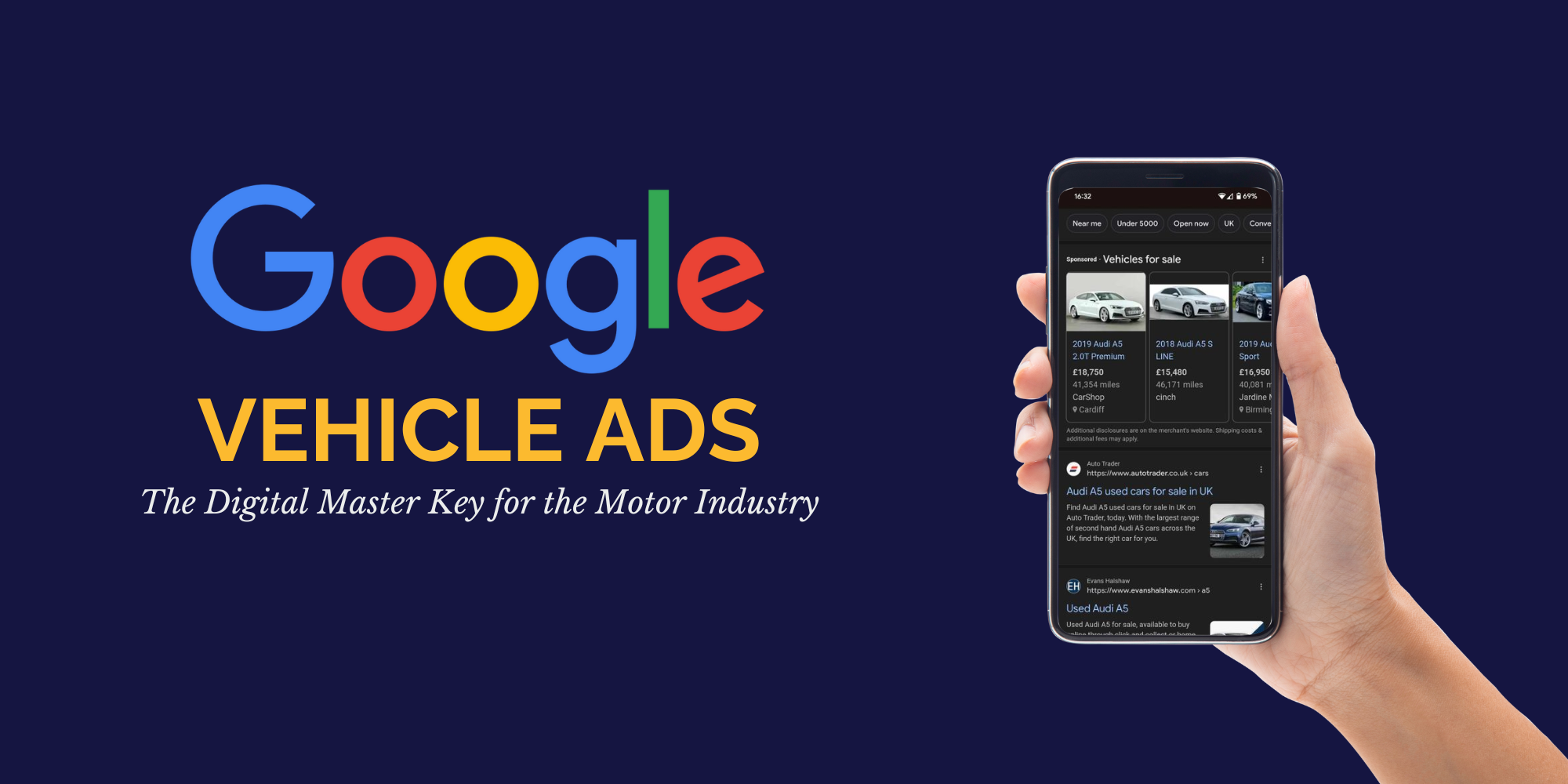Google Vehicle Ads: The Digital Master Key for the Motor Industry
Advertising via Google is constantly evolving, and new ways to showcase your brand and business offering are regularly being rolled out. The latest...
Read moreRachel Poole and Sarah Kemp detail the latest in paid search industry news including Google AdWords’ latest update to ad extensions, an update to Facebook’s dynamic ads, and the introduction of mid-roll ads to video sharing platforms.

In January 2017, Google announced updates to two types of AdWords extensions: location extensions and automated call extensions.
The updates will mark a significant change for advertisers and will mean changes to the following:
With calls to business from mobile reaching new heights and continuing to rise – BIA Kelsey forecasts this to reach to 162 billion by 2019 – it’s not hard to see why Google has made the updates to call out extensions on mobile ads as well as the location update.
However, these changes could skew call attribution data and potentially bring businesses unwanted influxes of calls that may be hard to manage. If advertisers want to retain control over their location extensions and call attribution data, there is the opportunity to opt out of the update.
The update to location extensions will roll out as of 19 January 2017. If advertisers do not opt out of the update at this time, calls from the automated extensions will not be tracked and will affect data. This form can be completed to opt out of the update. However, Google has warned advertisers that opting out could also result in a loss of impressions and call volume.
The update to call extensions on mobile ads will roll out on 6 February 2017. If advertisers do not opt out before this date, there is the possibility that you may lose caller meta data, conversion analytics, CRM integration and spam protection. However, you will receive call attribution and duration reporting. Advertisers can opt out in the ad extensions tab, in the automated extensions report.

The dynamic ads service currently used by Facebook means that automated retargeting based on what users have already looked at plays a powerful part in social advertising strategy.
Facebook is now proposing a further step to improve dynamic ads on users’ Facebook feeds by gleaning users’ interests as well as their buying intent in order to discover more like-minded customers and serve them relevant ads.
The update pulls users’ browsing history as well as data such as likes, ad clicks and additional demographic data. Facebook will then use this data to find more consumers who have similar online behaviours on the social platform as well as other e-commerce sites.
E-commerce sites in the United States have already seen some success when trialling the updated service. However when rolling this out across Europe, Facebook will also need to address the European Commission’s proposal to protect users’ online privacy.

Facebook has been experimenting with mid-roll ads in their video content, in order to compete with YouTube.
With the new version of mid-roll ads, content creators on Facebook will receive a 55/45 split from their video content in an attempt to match the amount that YouTube pays its content creators.
The update means that advertisers will be able to insert an ad 20 seconds into a video that lasts for 90 seconds or longer. This may mean that content producers change the way in which they produce their content for Facebook, with the mid-video ads making it more challenging to keep viewers engaged with the content long enough to view both the ad and the remainder of the video.
Facebook has started testing the mid-roll ads with a view to extending the test across Instagram at a later date.
Check out our latest PPC news roundup: Amazon Tests PLAs on AdWords
Require support when it comes to ad extensions and best practice guidelines? Get in touch with our team of PPC management experts today.
More articles you might be interested in:

Advertising via Google is constantly evolving, and new ways to showcase your brand and business offering are regularly being rolled out. The latest...
Read more
The UK market has been waiting with bated breath for Google’s Vehicle Ads release – so where is the update? Learn more.
Read more
Performance Max is one of the easiest ways to tackle the full Google network, but are you maximising results? Dr. Dave Chaffey explores. Read more.
Read more
Welcome to the latest round-up of all things digital. This is where we look at the latest updates in the world of PPC, SEO, Content and International...
Read more
Creating conversion-optimised PPC campaigns start at strategy planning. Do you know how you can maximise the return on your ad investment? Dave...
Read more
We're heading into a new financial year - do you know how PPC can help grow your conversions? Find out how developments from Google and Bing will...
Read more
What are the benefits of Google's new Performance Max campaign type? Head of DPM, Sarah Clarke, tells us how you can use it to automate your...
Read more
It may have seemed like just your average PPC role at first, but what Alex Copping didn't realise is that he was about to learn a whole lot about...
Read more